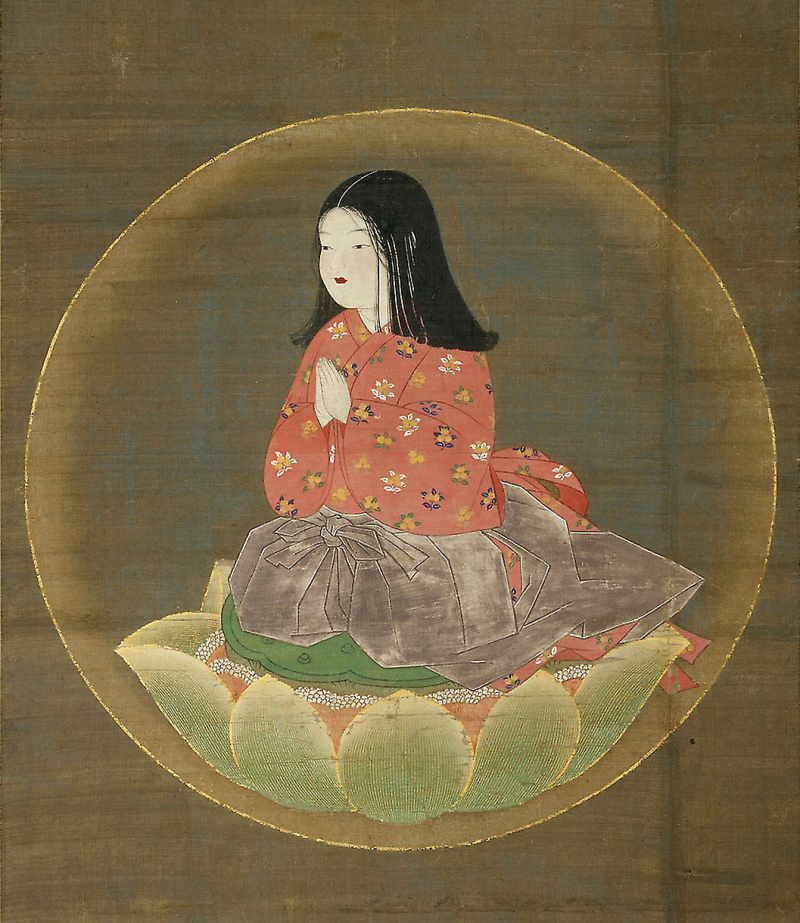Shingon
Shingon, also known as Shingon Mikkyo, is a significant esoteric school within Japanese Buddhism. The school's establishment can be traced back to the early 9th century when Kukai, posthumously known as Kobo Daishi, undertook a journey to China to study Esoteric Buddhism. Upon his return to Japan, Kukai laid the foundations of the Shingon tradition, leaving an enduring legacy in the country's religious landscape.
Shingon practitioners harness mantras and mudras to channel spiritual energies and attain awakening. Among the numerous mantras in Shingon, the "Dainichi Nyorai Mantra" or "Acala Vidya Mantra" holds particular renown. Additionally, Shingon embraces mandalas, intricate symbolic diagrams symbolizing the universe and the enlightened mind. Utilized as aids in meditation and visualization, mandalas help practitioners attain profound insights along their spiritual journey.
Shingon Buddhism's foundation rests on the "Three Secrets" – the secrets of body, speech, and mind, symbolizing the enlightened qualities of the Buddha. Practitioners aspire to embody these qualities within themselves. Additionally, Shingon incorporates the concept of the five elements (earth, water, fire, wind, and space) to elucidate the interconnectedness of all phenomena and their profound relationship with the body and mind.
Shingon Buddhism remains a significant and thriving school within Japanese Buddhism, embracing secret practices and rituals to awaken the profound wisdom and compassion of the Buddha within each practitioner. Its enduring influence on Japanese religious and cultural life attracts diverse local and international followers seeking the path of esoteric wisdom.












